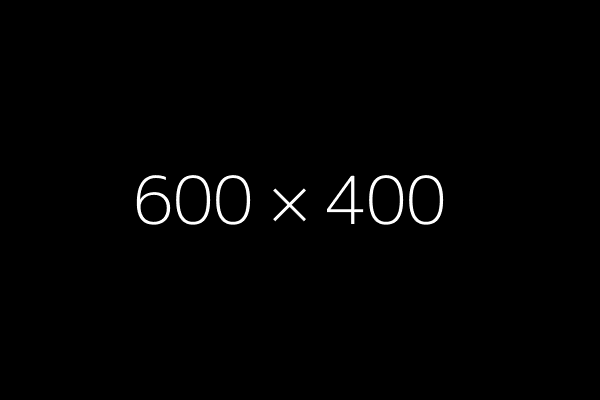Not a Sprint, But a Marathon: The Surprisingly Long Timeline of the Earth’s Existence Revealed
When we think of the Earth’s history, we often imagine a brief, fleeting moment of creation followed by a relatively short span of time before it’s gone. But the truth is, our planet has been around for an astonishingly long time – and we’re not just talking about a few million years. We’re talking about billions of years.
To put this into perspective, let’s take a journey through the Earth’s timeline, from its very beginnings to the present day. Buckle up, because this is a marathon, not a sprint.
The Early Years: 4.5 Billion Years Ago
It all started around 4.5 billion years ago, when the solar system was still in its infancy. The Earth formed from a cloud of gas and dust called a nebula, which collapsed under its own gravity. As it cooled, the Earth’s surface solidified, and the planet began to take shape.
The Hadean Eon: 4.5-4 Billion Years Ago
The first few hundred million years of the Earth’s existence were marked by intense heat and volcanic activity. The surface was a barren, hostile landscape, with temperatures soaring above 2,000°F (1,093°C). This was the Hadean Eon, a time when the Earth was still in its formative stages.
The Archaean Eon: 4-2.5 Billion Years Ago
As the Earth cooled, the surface began to change. The first continents formed, and the atmosphere filled with oxygen. This was the Archaean Eon, a time of great change and upheaval. The first life forms began to emerge, and the stage was set for the evolution of complex life.
The Proterozoic Eon: 2.5 Billion-541 Million Years Ago
The Proterozoic Eon saw the rise of complex life forms, including the first multicellular organisms. The Earth’s oceans were teeming with life, and the first animals began to appear. The atmosphere continued to change, and the Earth’s climate became more stable.
The Phanerozoic Eon: 541 Million Years Ago to the Present
The Phanerozoic Eon is often referred to as the "Age of Animals." It’s during this time that complex life forms began to dominate the Earth. The first plants and animals evolved, and the Earth’s ecosystems began to take shape. This is the era that has seen the rise and fall of dinosaurs, the evolution of humans, and the development of complex societies.
The Present Day: 541 Million Years Ago to the Present
And that brings us to the present day. The Earth is still evolving, still changing. The climate is shifting, and the planet is facing new challenges. But despite all this, the Earth remains a vibrant, thriving world, teeming with life.
Image: A timeline of the Earth’s existence, from its formation 4.5 billion years ago to the present day.
FAQs:
Q: How old is the Earth?
A: The Earth is approximately 4.5 billion years old.
Q: What was the Earth like in its early years?
A: The early Earth was a hot, hostile place, with temperatures soaring above 2,000°F (1,093°C).
Q: When did life first emerge on Earth?
A: The first life forms emerged around 3.5 billion years ago, during the Eoarchean Era of the Archaean Eon.
Q: What was the Phanerozoic Eon like?
A: The Phanerozoic Eon was marked by the rise of complex life forms, including the first plants and animals.
Q: How has the Earth changed over time?
A: The Earth has undergone significant changes over time, including the formation of continents, the evolution of life, and changes to the climate.
Q: What’s the future of the Earth?
A: The future of the Earth is uncertain, but it’s clear that the planet will continue to evolve and change. It’s up to us to ensure that we’re good stewards of the Earth and its resources.



